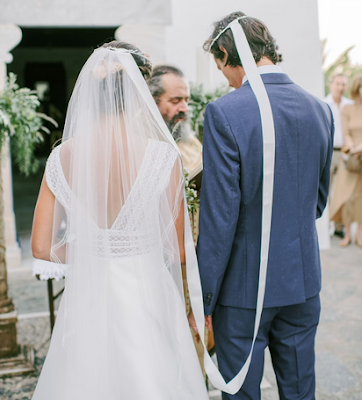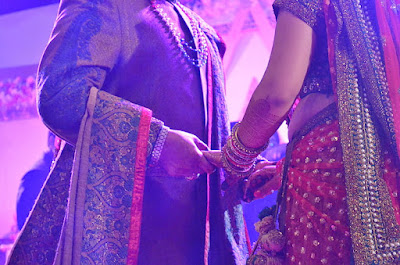When people think of ancient Sparta, images of warriors, strict discipline, and military training usually come to mind. But what about the women? Specifically, the brides of Sparta? Marriage in ancient Sparta was unlike that in any other part of Greece, and the role of a Spartan bride offers fascinating insights into the values and priorities of this unique society.
Brides in Sparta Married Later
In contrast to Athenian girls, who often married as young as 12, Spartan brides typically married in their late teens or early twenties. This was intentional. Spartans believed that healthy, physically mature women would produce stronger, healthier children, especially the warriors Sparta depended on for survival.
From childhood, Spartan girls trained physically alongside boys. They ran, wrestled, danced, and competed, building strong bodies and confidence. This training prepared them not only for motherhood but also for the respected role they would hold in society.
The Unusual Wedding Ritual
Spartan marriage customs were strikingly different from the rest of Greece. Ancient Spartan weddings involved a ritualized "abduction." With her family’s consent, the bride would be taken away by her groom. Before their first night together, her hair was cut short, and she was dressed in men’s clothing or a simple cloak. She would wait in a darkened room, and her husband, who continued to live in the communal military barracks until age 30 would visit her in secret.
This ritual symbolized her transition from maidenhood to wife. It also reflected the Spartan emphasis on discipline, simplicity, and symbolic transformation.
Life as a Spartan Bride and Wife
Becoming a bride in Sparta meant gaining significant independence compared to women in other Greek city-states:
- Household Authority: With men constantly engaged in military life, Spartan wives managed households, estates, and finances.
- Land Ownership: Women could own and inherit property, and by some accounts, Spartan women controlled nearly half the land at certain points in history.
- Respected Role: A Spartan bride’s primary responsibility was to bear strong children, but she was also expected to speak her mind and uphold Spartan values. Unlike the secluded wives of Athens, Spartan women were visible and influential.
The Legacy of Spartan Brides
Spartan brides symbolized the society’s priorities: strength, discipline, and service to the state. They were not passive figures but respected participants in the communal life of Sparta. Ancient writers often commented on their confidence and boldness, sometimes with admiration, sometimes with criticism. In Sayings of Spartan Women, Plutarch includes several instances of their frankness, known as parrhēsia. While sometimes presented positively, he also expresses unease when women speak on matters seen as outside their domain.
Ultimately, to be a Spartan bride was to step into a role that carried both duty and power. In a society built on warriors, the women who raised them were central to Sparta’s identity and survival.
Photo Credits: picryl












.png)
